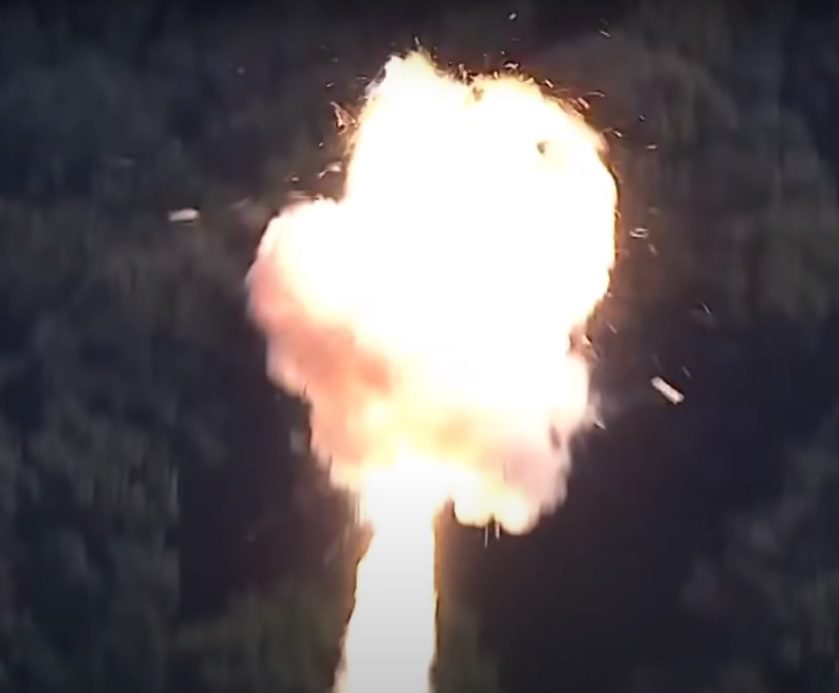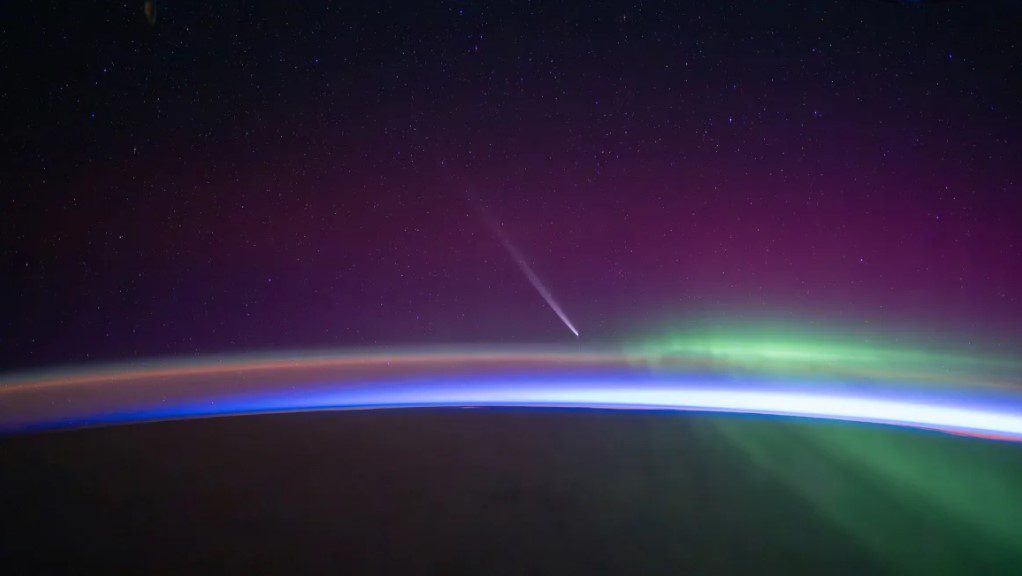Noted astronomer and The Sky at Night television presenter Sir Patrick Moore, has passed away at the age of 89. Born in 1923, Moore suffered a childhood of ill-health. Nevertheless, during this period Moore gained his interest in astronomy and was accepted into the British Astronomical Association at the age of 11 – the youngest member to have been accepted. Moore was planning to go to Cambridge University when World War II intervened and Moore became an RAF navigator whose role was sometimes to navigate by the stars. However, before he could use this skill he was declared unfit for flying and returned to a training role. There is evidence that Sir Patrick also served in British Intelligence on active duty during the war, although this has never been officially confirmed. He remained in the RAF until 1952.
It was during World War II, that Moore became engaged to a nurse called Lorna but she was killed in a German Luftwaffe bombing raid. Moore never married and always held an undisguised hatred of Germans ever since his beloved fiance’s death. Moore’s Europhobic nature led him to join the UK Independence Party (UKIP).
Despite never having studied astronomy to degree level, as an autodidact-space expert Moore devoted his time to stellar and lunar astronomy and wrote hundreds of books on the subject for his living. His lunar maps were even used by NASA’s space programme for Apollo landing plans.
After briefly appearing on a programme as a space expert, Moore was asked to present the BBC’s The Sky at Night programme in April 1957 – at time before the orbital space age had even begun. This monthly show has been running for 55 years – making it the longest running television programme ever. Moore also covered other space events for the BBC including the Apollo 11 moonlanding as a studio presenter.
Moore has continued to present The Sky at Night – missing the show only once due to food poisoning. In his declining years, and as he became increasingly wheelchair and house-bound the show was shot in his home in Selsey, West Sussex, and later relied on other presenters to do most of the talking as his speech became increasingly impaired. Moore shared his idyllic home with his carers and two cats.
A believer in extra-terrestrial life and in the afterlife, Moore neverthless derided believers of astrology noting that there was no scientific basis in it. Moore had a strong interest in music and was an accomplished player of the piano and xylophone. Moore also played cricket in his youth and loved chess. His eccentrically intelligent manner, his monocle wearing, and quick-fire speech made him a source of fun for impressionists, a role he used to play up to as he appeared in various other television programmes.
Moore received his OBE in 1968, his CBE in 1988, before finally receiving a knighthood in 2001. Moore was an early member of the British Interplanetary Society and was its first editor of the society’s Spaceflight magazine. In recent years, Moore held a summer picnic in the grounds of his home for the society’s members.
Moore remained the definitive “enthusiast” and instilled this enthusiasm for astronomy and spaceflight in his viewers and readers – young and old. Flightlobal’s Hyperbola blog salutes him and we give our condolences to his family and friends.



